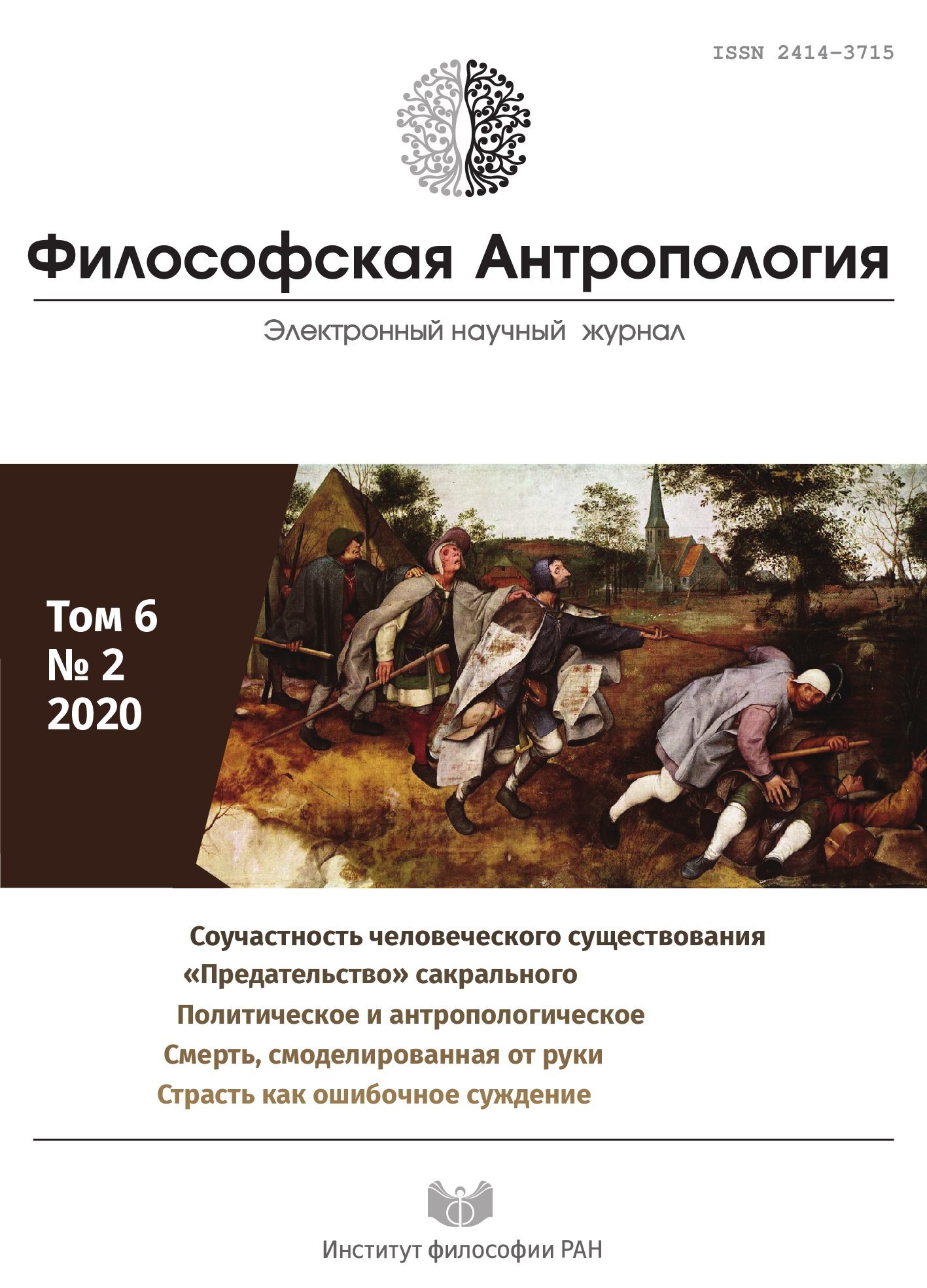On the Discussion of Mannerheim's Role in the War with the USSR
DOI:
https://doi.org/10.21146/2414-3715-2020-6-2-62-70Keywords:
Mannerheim, Kollontai, Stalin, Vyshinsky, Leningrad blockade, Finland, the Second World War, Mannerheim line, Road of life, P.P. MaslovAbstract
The article is written in the form of an essay. It examines what value for the course of the Great Patriotic War of 1941‑1945, in particular for the defense of Leningrad, had neutral-restrained position of Mannerheim and Finland as a state, expressed in relative distancing from Nazi Germany: non-participation in the storming and bombing of Leningrad, refusal to provide the German army the territory of Finland for hitting the city, to block the "Road of Life" on the lake Ladoga. It is shown that this position was largely the result of the diplomatic efforts of the Soviet Ambassador to Sweden, Alexandra Kollontai, who had a special friendly relationship with Mannerheim. In the course of the argument, along with the analysis of objective and literarily documented facts, the author also relies on personal evidence rooted in the biography of his grandfather, the famous academician P.P. Maslov. The article uses a concrete example to show how personal positions and interpersonal relationships, subject to their own logic, become important elements of historically significant factors.

